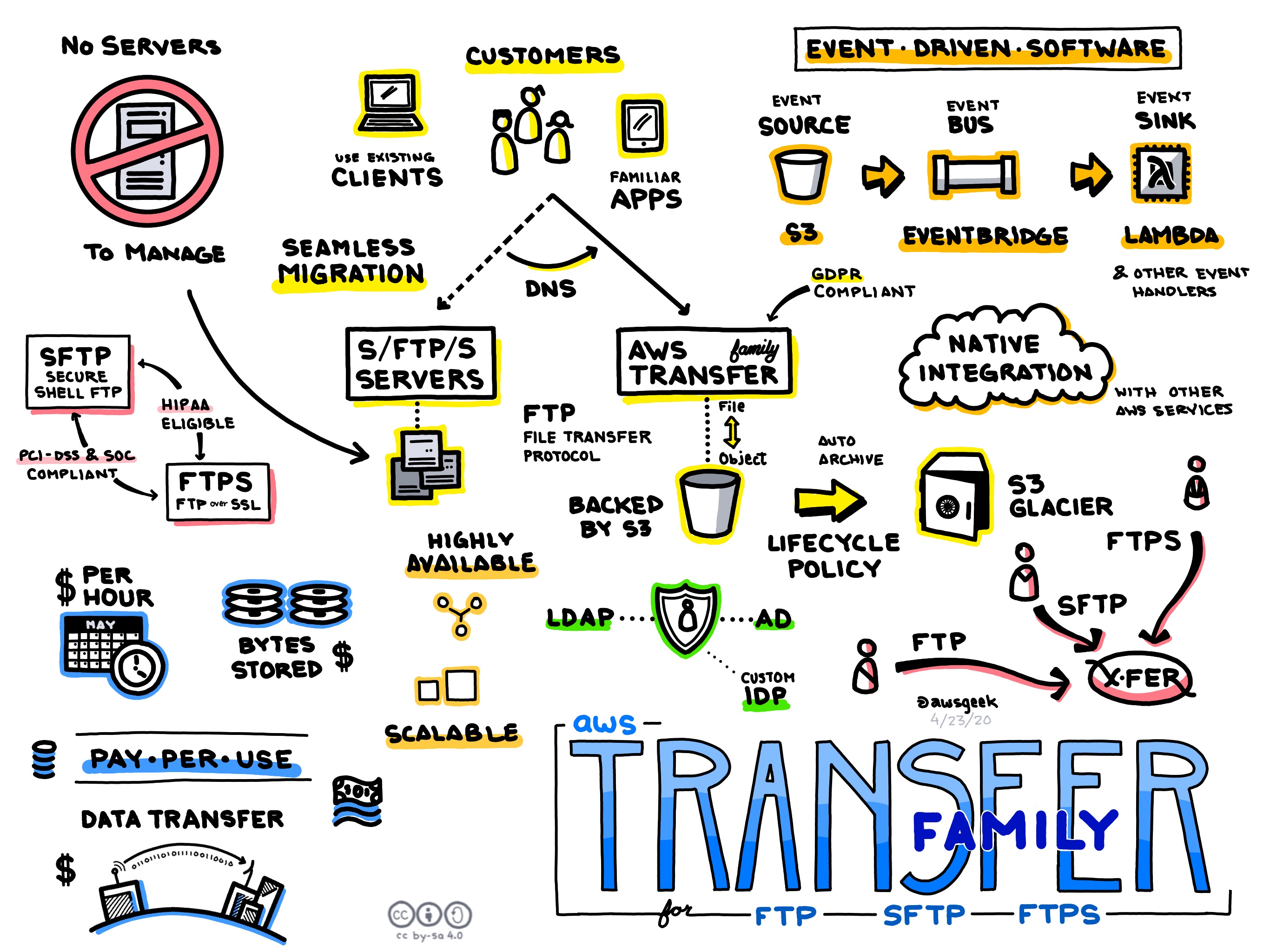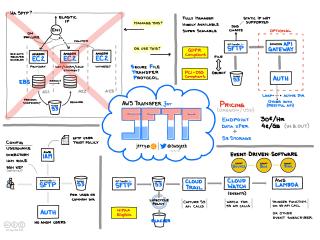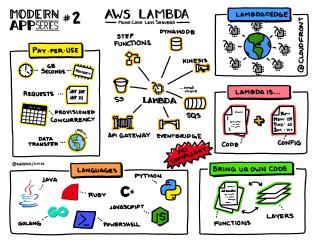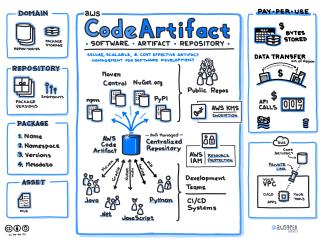
AWS Transfer Family is a fully managed service that facilitates the transfer of files in and out of Amazon S3 and Amazon EFS using secure protocols like SFTP, FTP, and FTPS. Designed for both the enterprise-level deployment and smaller organizations, it supports a variety of workloads, enabling seamless integration with legacy systems while leveraging the resilience and scalability of AWS cloud infrastructure. Ideal for professional developers and IT administrators, this service emphasizes flexibility, security, and ease of integration with existing AWS tools.
Use Cases
AWS Transfer Family is particularly suitable for industries requiring robust, secure, and reliable data transfer solutions. It's beneficial for financial services needing to move large datasets between different systems, healthcare industries transferring sensitive records, or media companies handling significant video and audio files. The service's native integration with Amazon S3 and Amazon EFS empowers businesses to centralize their file storage, making it effortlessly scalable and easier to manage access controls, versioning, and lifecycle policies.
Pricing
The pricing model for AWS Transfer Family is straightforward, based on three primary components: endpoint hourly charges, data transfer fees, and optional domain setup. The endpoint hourly charges vary by region and the protocol utilized, while the data transfer fees are determined by the volume of data moved; a familiar dynamic for those acquainted with AWS services. No upfront commitments are required, enabling users to pay only for the resources consumed, which assists in managing operational budgets predictably.
Scalability
Designed with scalability in mind, AWS Transfer Family leverages the underlying AWS infrastructure. Users can dynamically scale to accommodate data transfer demands without manual intervention or the need to provision additional resources. This scalability is well-suited for environments with fluctuating file transfer volumes, allowing businesses to maintain performance regardless of demand.
Availability
AWS Transfer Family operates on the highly reliable AWS platform with a global reach, ensuring high availability and resiliency against failures. It automatically manages the health and availability of file transfer endpoints, along with integrated monitoring capabilities via Amazon CloudWatch to keep an eye on file transfer metrics and set up alerts for operational thresholds.
Security
Security is a primary focus of the AWS Transfer Family. It provides extensive support for managed workflows with robust authentication mechanisms, such as key-based authentication and the ability to enforce unique IAM roles for granular access control. Data is encrypted during transit and optionally at rest, aligning with regulatory standards such as GDPR and HIPAA, offering peace of mind when handling sensitive information. Additionally, AWS Identity and Access Management (IAM) can be employed to manage user permissions, ensuring that only authorized personnel can initiate or approve transfers.
Competition
Amazon isn't the only player offering such services in the cloud landscape. Alibaba Cloud provides the Alibaba Cloud FTP, a managed file transfer solution that allows users to set up secure file transfer with flexibility. Google Cloud's competitor is the Cloud Storage Transfer Service, which focuses on moving data to and from other public cloud services efficiently. Microsoft Azure offers the Azure Blob Storage as a comparable service, facilitating data movement and file visibility across platforms. Each of these services has nuances catering to specific organizational needs and existing cloud ecosystems, making the competition in this sector diverse and robust.
In summary, AWS Transfer Family stands out with its comprehensive support for traditional transfer protocols coupled with the power of AWS infrastructure, ensuring reliability, security, and seamless integration. Developers and IT administrators can significantly benefit from its robust feature set, while easily managing costs and focusing on critical business operations without the burden of managing file servers.
 AWS Transfer for SFTP
AWS Transfer for SFTP
 AWS Regions
AWS Regions
 AWS Lambda
AWS Lambda
 AWS CodeArtifact
AWS CodeArtifact